The Android N Developer Preview 2 was released today which, aside from other more developer related things, could signal the end of Android’s yellow glob emoji, that odd looking stock emoji we saw introduced back in Android 4.4. KitKat.
Android devices will now have actual human characters representing people emoji, something that more closely resembles those found on iOS and other platforms. Why the change? It could have something to do with the fact that Android N’s new emoji finally take advantage of color variants, something we saw introduced back in Unicode 7.0 (and available on iOS for quite some time).
For whatever reason, Google opted out of color variant support when Android 6.0.1 introduced support for newer Unicode 8.0 emoji. This sort of made sense given Android’s emoji weren’t actually people, more like fat yellow gum drops. But don’t worry, the yellow globs aren’t completely going away — they’re still being used to represent some of the main emotions which is fine by us (we’ve kind of grown attached to them). Here are a few of the newly redesigned people emoji:
For this year’s official Android N release — which is scheduled to launch some time toward the end of year — Google is finally getting ahead of the ball instead of just playing catch up. In their Preview 2 blog post, Google says they’re already supporting Unicode 9.0 emoji — a list that hasn’t even be finalized and wont be until June of this year.
There are plenty of candidates though, things like a person wearing a cowboy hat, avocado, squid, clown face, bacon, facepalm, and loads more. For a full list, check out this post on Emojipedia. Looking ahead, Unicode 10.0 is due for release in mid-2017 and so far only includes 5 candidates: dumpling, takeout box, chopsticks, fortune cookie, and face with one eyebrow raised.
Mockups via Emojipedia
Whatever your opinion on Android’s new emoji is, the most frustrating part is that these designs aren’t even standardized across all devices. While Android’s new emoji now look much closer to those on Apple devices, OEMs like Samsung, HTC, or LG — who’s devices sell far better than Nexuses — still use their own emoji designs for better or worse. This often times results in confusion with designs looking so different from one another depending on the device they’re being viewed on.
This latest release does nothing to change that, but at least those with Nexus devices (or OEM devices running something closer to stock) can rest assured Google is finally on top of this emoji thing and will finally be up to speed when communicating using emoji.


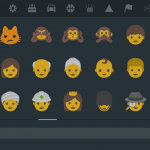
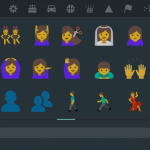

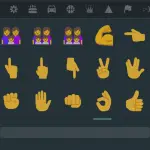
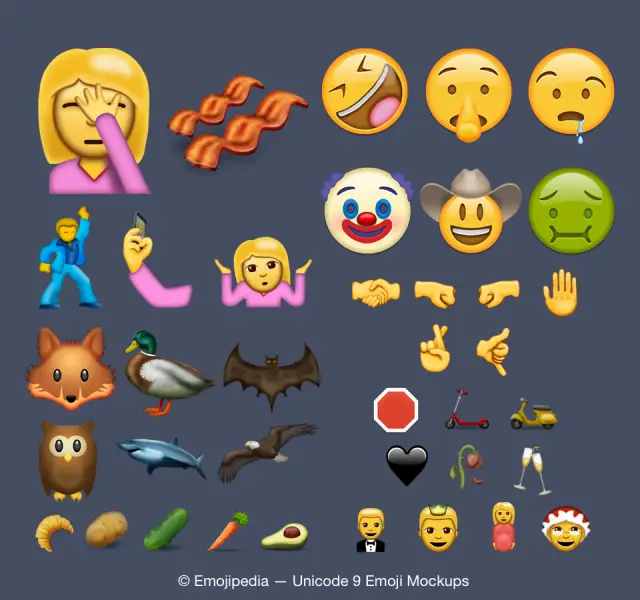


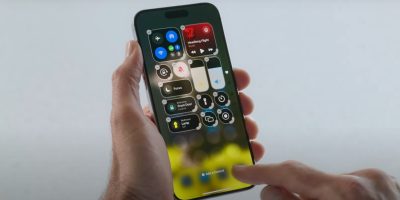




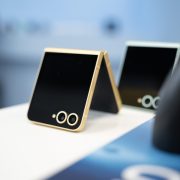

Comments